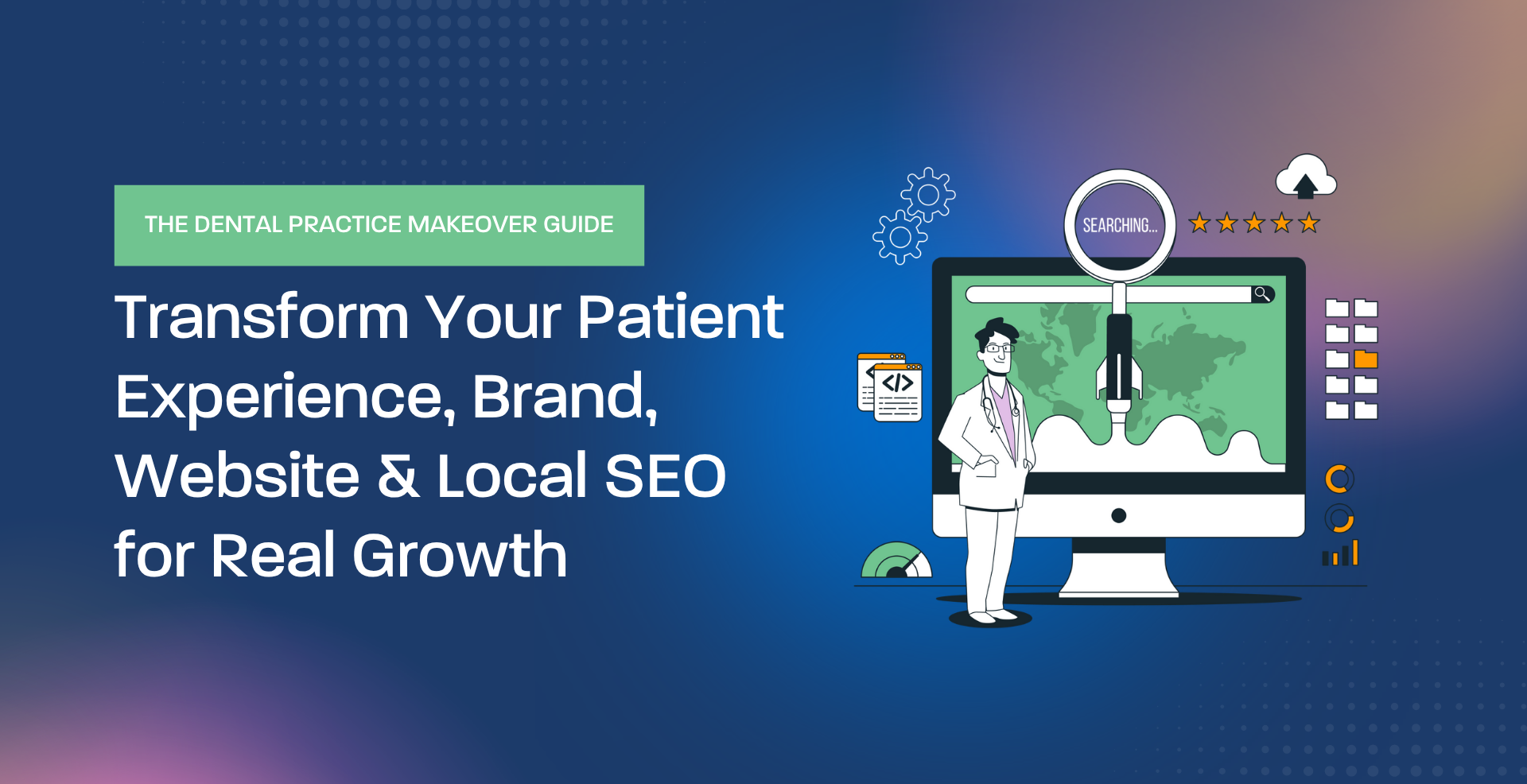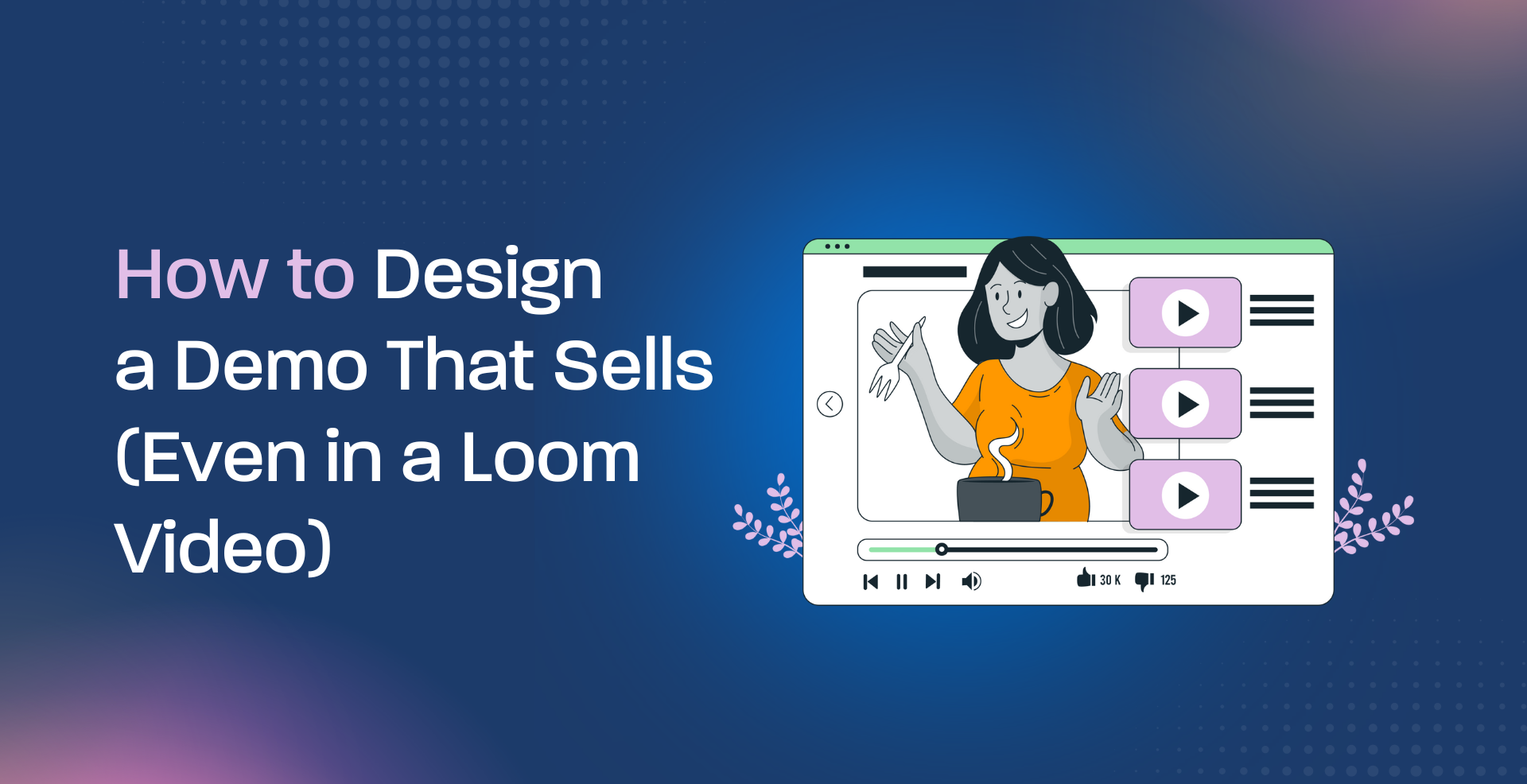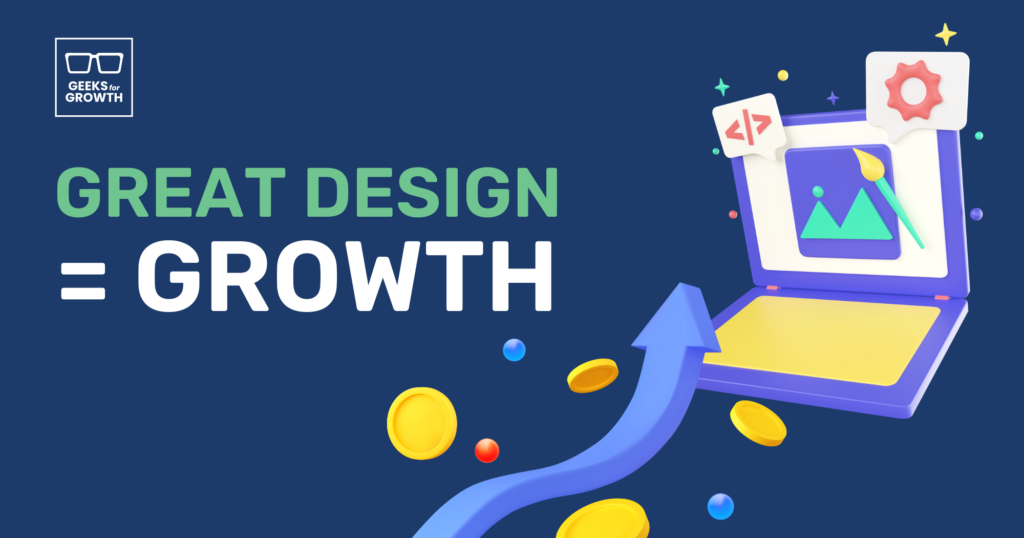
In the era of digital revolution, the role of digital design has been amplified, not just as an aesthetic element, but as a critical driver of digital growth. The exponential increase in digital solutions features and the demand for unique digital experiences have paved the way for software development and content engineering to focus on revolutionary design thinking. The extreme flexibility offered by digital design has enabled the creation of integrated ecosystems, allowing companies to adapt to digital transformation trends with ease. For instance, the process gallery application, a product of innovative digital design, has proven instrumental in harnessing IoT data to anticipate future disruptions.
Here are 5 actionable steps that small businesses and startups can take to leverage design to drive growth:
1. Develop a strong brand identity
Developing a robust brand identity necessitates the exploration of digital design. The art of digital design contributes significantly to brand perception, shaping how it resonates with the target audience. The role of software development in design is also pivotal. It provides the tools necessary to create captivating, user-friendly interfaces. Software development acts as a backbone to digital design, enabling the crafting of digital solutions that exceed mere aesthetics. These solutions, when effectively implemented, make a brand more appealing and memorable. Thus, mastering digital design and software development is key to creating an impactful brand identity.

Exploring the Art of Digital Design
Transitioning from the foundational aspects of brand identity, the spotlight now moves to the realm of digital design, which forms an integral part of a robust brand identity. Digital design, as an art form, is a powerful tool that can significantly influence brand perception and engagement.
The field of digital design is a confluence of creativity, technology, and strategic thinking. It involves much more than just creating visually appealing graphics; it is about crafting interactive, dynamic, and engaging visuals that tell a brand’s story in the most compelling way.
A deep understanding of digital design principles, trends, and techniques is essential to creating a strong brand identity. Highly successful brands in the digital age have a distinctive digital design that resonates with their target audience and aligns with their brand values.
The Role of Software Development in Design
Transitioning from the exploration of the art of digital design, let’s delve into the integral role that programming in the design realm plays. In the modern world, the relevance of coding in digital design cannot be understated. It facilitates the creation of interactive designs which are visually appealing and functionally efficient. Coding aids in bridging the gap between aesthetic aspirations and technical realities. It allows designers to craft experiences that go beyond the realm of aesthetics, pushing the boundaries of what is possible in the digital design space. Thus, the blend of creativity and coding skills can lead to the development of a strong brand identity that resonates well with the target audience.
2. Optimize your product users’ experience
Analyzing emerging patterns in technology metamorphosis, one can’t ignore the impact of IoT-generated information in the realm of advanced tech applications. This data brings a new dimension to user experience optimization. Additionally, the future of such applications lies in integrated environments where various technologies coexist and interact seamlessly. This integrated approach using digital tech will shape the next wave of product user experience optimization.

Decoding Digital Transformation Trends
Moving from the realm of brand identity, the focus now shifts to the user experience with your products. The first area of discussion is the interpretation of emerging trends in the digital reinvention of businesses. Understanding these patterns is paramount for any entity striving to stay in sync with the fast-evolving technological world. For example, the rise of artificial intelligence and machine learning has altered the way businesses operate, offering more efficient and streamlined operations. Moreover, advancements in big data and analytics have enabled companies to make more informed decisions based on trends and forecasts. Hence, deciphering these technological developments is critical to optimize the user experience.
The Role of IoT Data in Digital Solutions
Transitioning from the strength of brand identity, one must now venture into the intriguing realm of Internet of Things (IoT) data’s role in technology-based products. IoT data refers to the vast amount of information gathered by interconnected devices, which is transforming the world of technology solutions. This data is instrumental in enhancing the user experience, making it more streamlined and intuitive. For instance, the gathered data could be utilized to predict user behavior, thus leading to personalized user interfaces. Furthermore, IoT data is playing a pivotal role in predictive maintenance, reducing downtime, and increasing efficiency. So, to optimize the product user experience, the harnessing and wise application of IoT data is becoming increasingly paramount.
3. Create a visually appealing website
In the realm of creating a visually appealing website, the power of design thinking cannot be undermined. Design thinking, a strategy championed by Kimberley Livingston, promotes innovation and creativity, paving the way for impactful digital consulting services. The application of design thinking in these services leads to improved outcomes. By prioritizing the user experience, design thinking ensures websites not only look good, but function effectively. Thus, design thinking becomes a crucial factor in achieving desired results in the digital consulting domain.
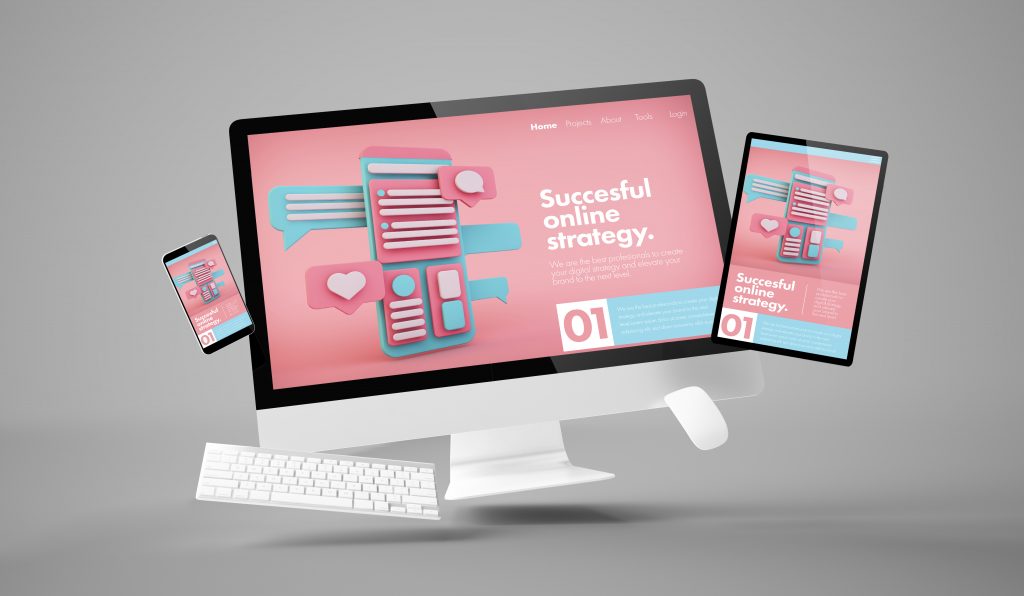
The Power of Design Thinking in Digital Solutions
Transitioning from an engaging sales deck to a visually appealing website, attention is drawn to the power inherent in design thinking for digital solutions. Kimberley Livingston, a renowned expert in the field, asserts that this approach promotes innovative problem-solving, leading to more effective digital outcomes. Utilizing design thinking principles can result in improved user experience and increased customer satisfaction. According to a 2019 study by Forrester Research, companies that adopt design thinking methodologies are 1.5 times more likely to exceed their business goals. Thus, recognizing the potency of design thinking in shaping digital solutions is paramount. It paves the way for novel digital products, services, and strategies that successfully meet user needs and expectations.
Exploring Digital Consulting Services
Seamlessly transitioning from the art of creating an impactful sales deck, the focus now diverts to the intriguing realm of digital consulting. Digital consulting, although a relatively new field, has already established a stronghold in today’s technology-driven business landscape. The role of digital consulting involves advising clients on how to optimally leverage digital technology to drive their business objectives.
Renowned industry expert, Kimberley Livingston, highlights the importance of these services, noting their ability to streamline operations, enhance customer engagement, and ultimately, boost business growth. With a focus on strategically employing digital tools and platforms, these services are instrumental in creating sustainable, modern businesses equipped to thrive in an increasingly digital world.
4. Create an appealing sales deck or presentation
Embarking on an exploration of extreme flexibility in web-based applications, it’s pertinent to delve into the potential future changes in the digital realm. A glimpse into what lies ahead is essential to understand the impact of flexibility on these impending changes. With a relaxed approach, this discussion will focus on the implications of extreme flexibility on the trajectory of future innovations, providing a comprehensive understanding of its significance in the framework of upcoming technological disruptions.
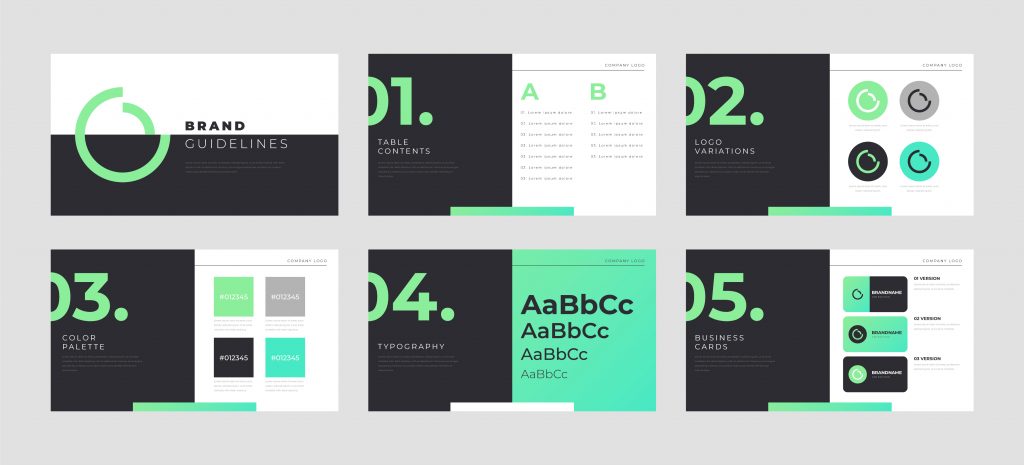
Exploring Extreme Flexibility in Digital Solutions
Having fortified the user experience, it’s crucial to pivot towards the creation of a compelling sales deck. The first focus area is the exploration of unparalleled adaptability in online offerings. With the rapid advancement of technology, the ability to pivot and adapt becomes a defining feature of successful enterprises. For instance, in 2019, 78% of companies that adopted adaptable online strategies reported a significant boost in customer satisfaction rates. This adaptability allows businesses to meet the ever-changing consumer demands swiftly and efficiently. Diving deeper, it’s clear that this adaptability extends beyond simply meeting customer expectations, shaping the trajectory of potential market disruptions.
Future Disruptions: a Look Into What’s Next
Having successfully optimized user experience, the focus now shifts to anticipating and preparing for potential disruptions that might occur in the future. In this context, disruptions refer to significant changes that could alter the way businesses operate or consumers behave.
Upon investigation of potential changes, it is clear that technological advancements will continue to play a pivotal role. For instance, the widespread adoption of artificial intelligence and machine learning has the potential to redefine business operations and customer interactions. The rise of blockchain technology could also transform various sectors, including finance, supply chain, and healthcare, to name a few. Preemptively adapting to these shifts can provide a competitive edge, ensuring continued growth and success in a rapidly evolving landscape.
5. Utilize design for product packaging
In product packaging, understanding the aspects of technological advancements is crucial. On May 28, a comprehensive study of these features was undertaken to grasp their application in the creation of innovative product packages. Content engineering, a pivotal part of this process, plays a significant role in shaping the functionality of these designs beyond their aesthetic appeal. However, it’s observed that the scope of content engineering goes beyond just features. In April (APR), a report highlighted how content engineering injects more value into product design, proving that product packaging is not just about appearances but function and usability as well.

Understanding the Features of Digital Solutions
Moving from the realm of website aesthetics to the domain of product packaging, it is important to delve into the understanding of the features of online platforms. One must consider the role of these features in enhancing the overall customer experience and influencing the business’s success. In this context, it is worth noting that online platform features extend far beyond the mere appearance of the product or service.
These features include seamless navigation, mobile optimization, personalized user experiences, and secure payment gateways, among others. In addition, effective search engine optimization (SEO) strategies, reinforced by appropriate keyword placement and quality content, are integral to ensure higher visibility on search engines. Statistics show that 75% of users never scroll past the first page of search results, highlighting the significance of SEO.
The Role of Content Engineering in Digital Solutions
Transitioning from the creation of visually appealing websites, the subsequent section delves into the realm of product packaging design. Among the elements involved in this process, an essential role is played by the management of content in the context of technological solutions. This practice, known as content engineering, involves the strategic application of content in the development of seamless online solutions.
In the context of online solutions, content engineering serves to enhance user experience and engagement, while also contributing to search engine optimization. By structuring, categorizing and tagging content effectively, user navigation and searchability are improved. Moreover, proper content management can contribute to the adaptability of an online solution, thereby enabling it to cater to a wider audience. Although often overlooked, this aspect of technological solutions development is crucial to their success.
On another note, the growing concern over values-based opposition, sustainability options, and COVID’s impact on company systems necessitates data quality solutions. It’s a varying force that requires attention in related publications. These aspects, in combination with the employee experience, are integral to any company’s digital growth strategy. Thus, any enterprise seeking to thrive in the digital age must pay heed to these elements.


